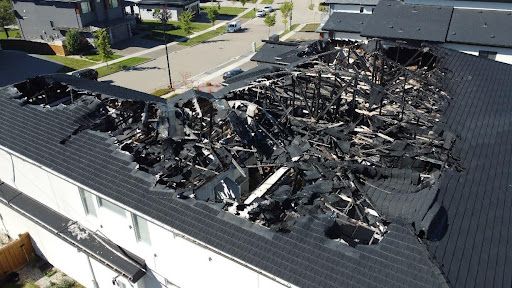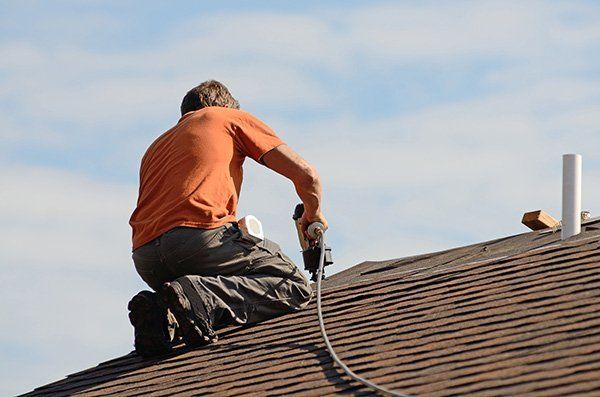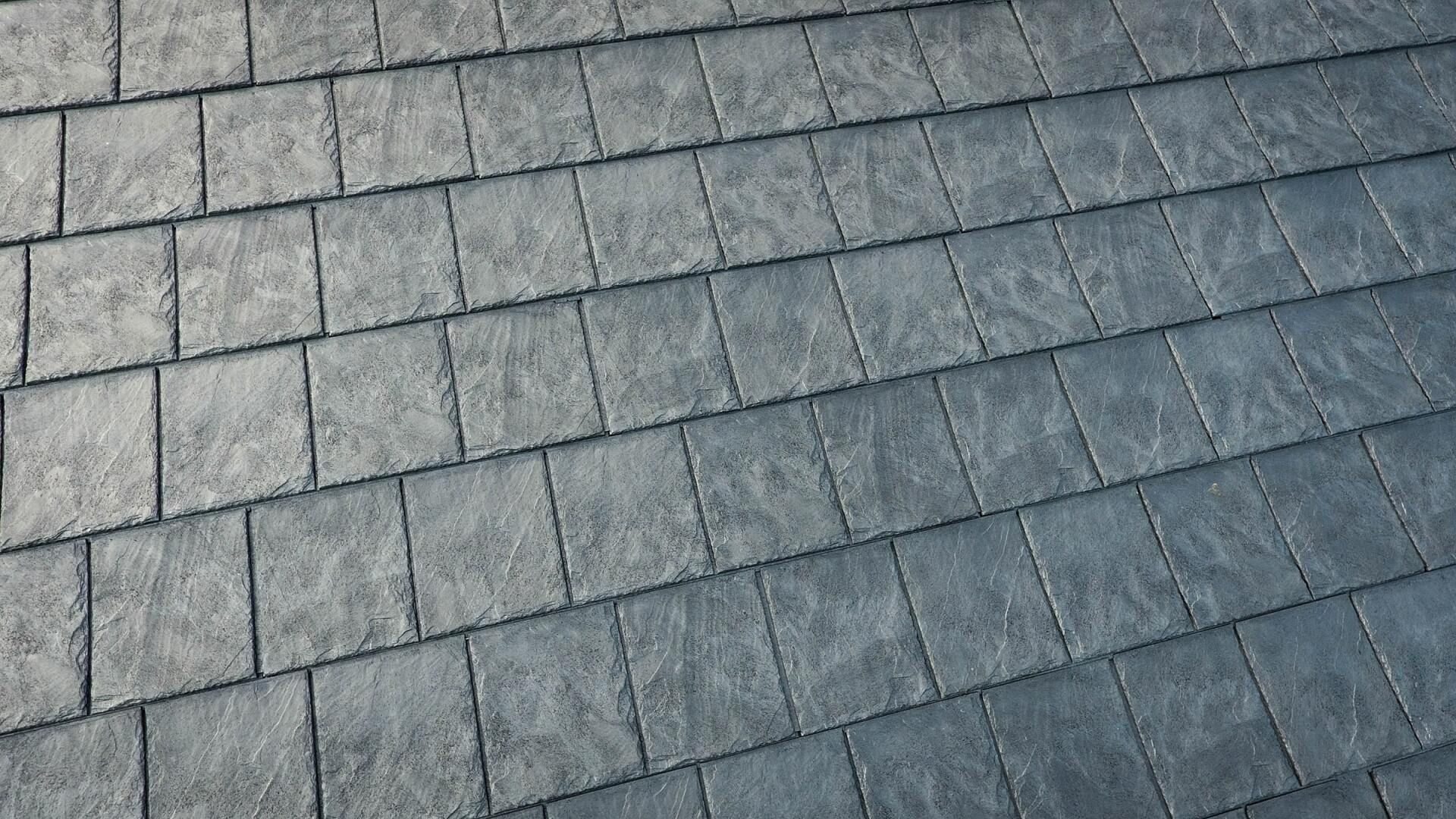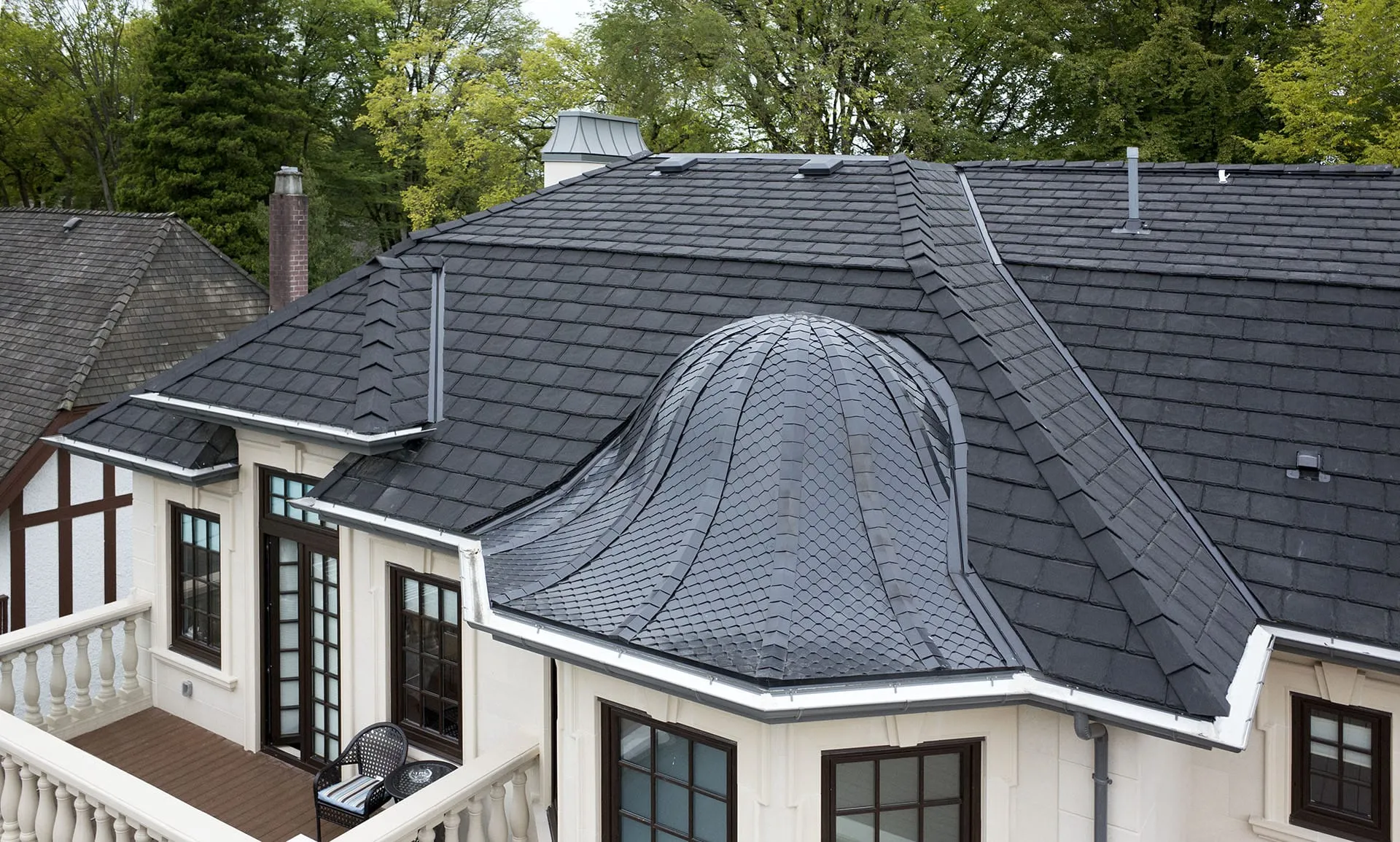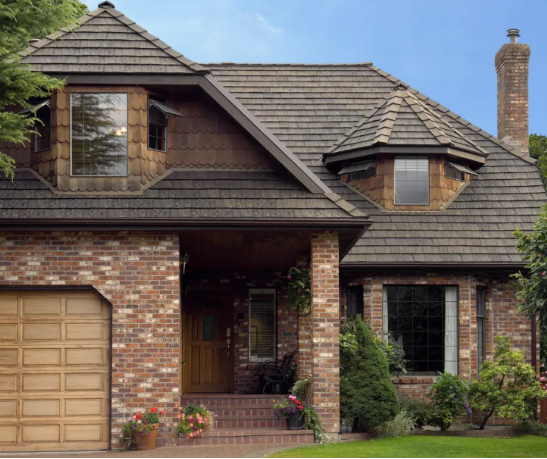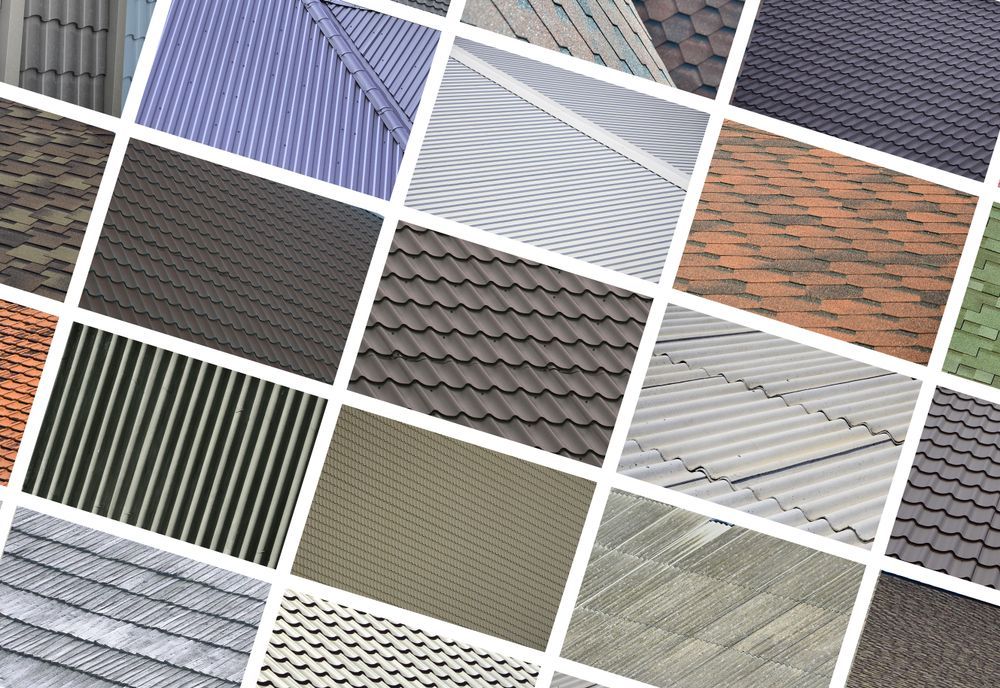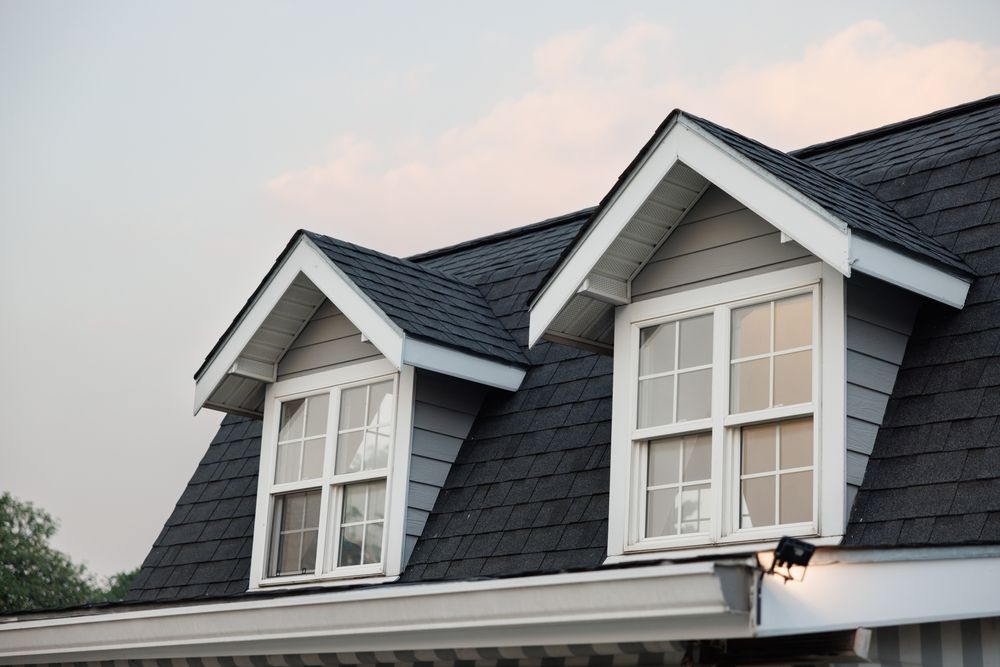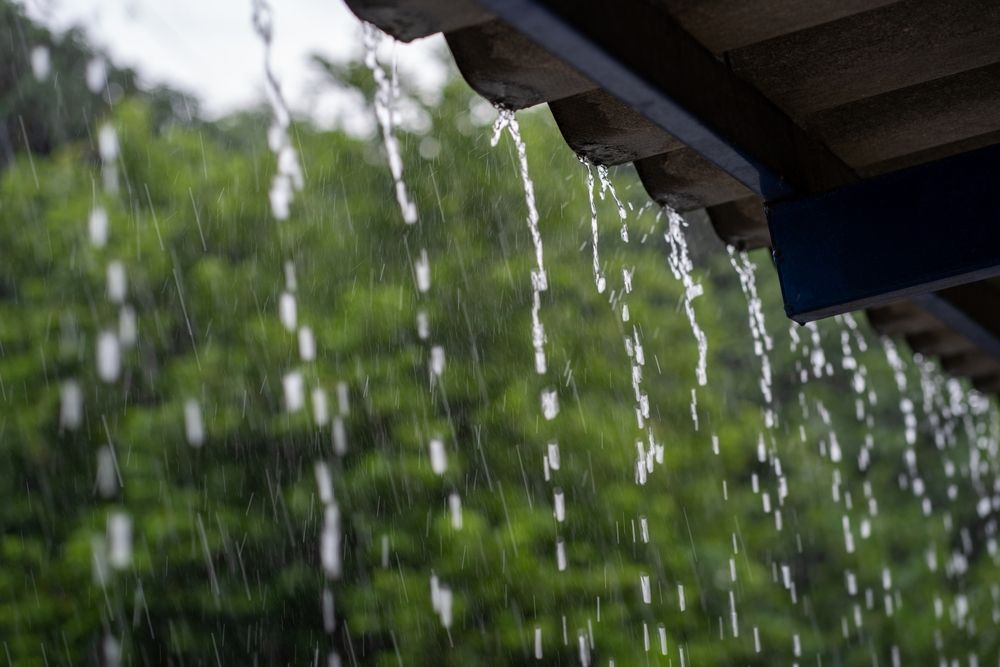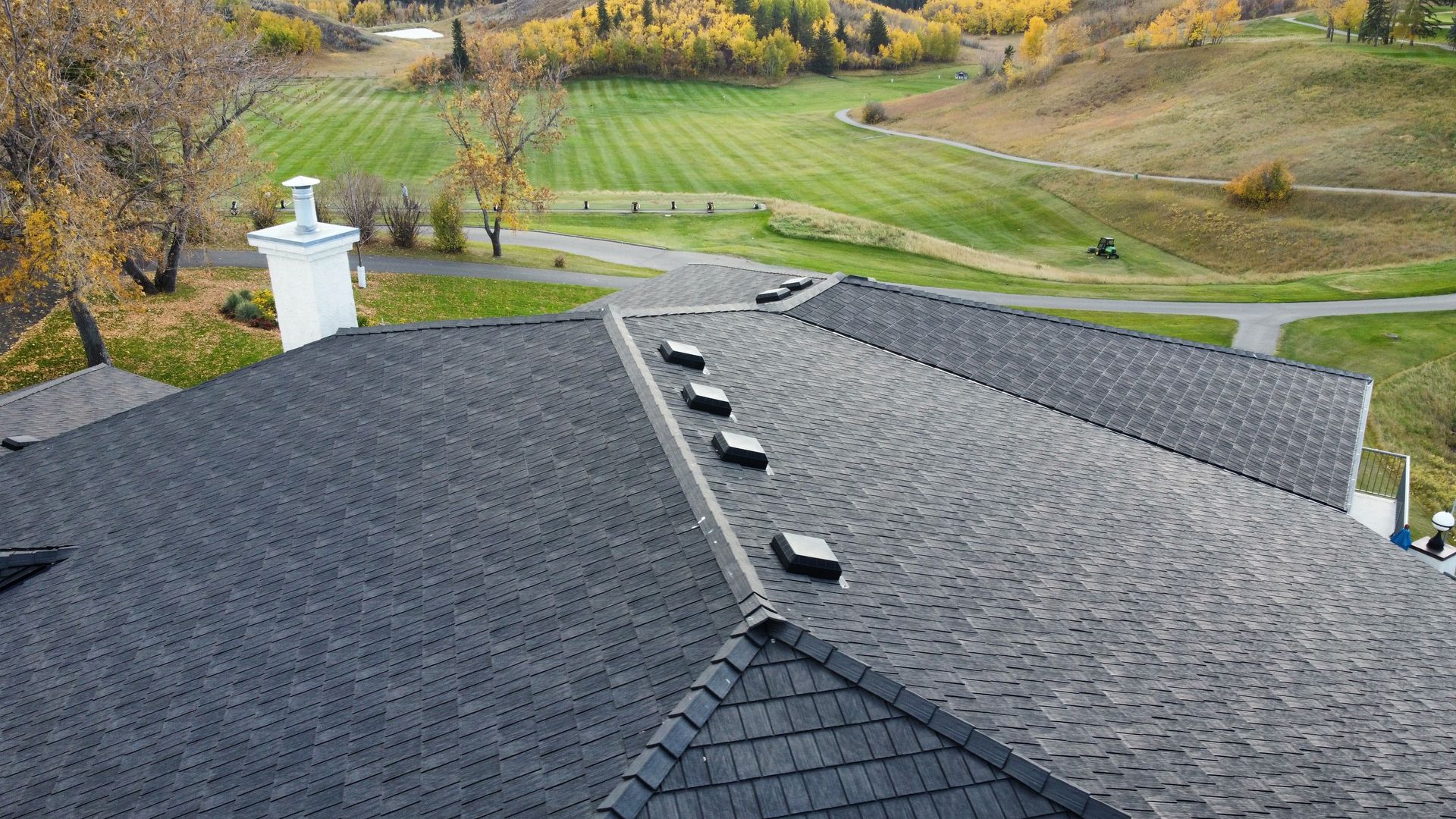What’s the Best Time of Year to Replace a Roof?
When it’s not pelting down with rain, hail, or snow is the obvious answer.
But while that’s almost certainly the most important consideration, there are other factors to consider before replacing a roof anywhere in North America.
Is there a roofing season?
Well, kind of.
If your roof is damaged and needs replacing, you will need to weigh up whether the damage warrants an emergency replacement regardless of the time of year – or whether you can wait.
If you simply would like to upgrade your roof, you can do more research on when to get the job done and start planning ahead.
Either way, it’s a big project that can take many days or even weeks to complete. Ideally, you want the best conditions for a speedy build and the minimum of inconvenience for you and your family.
We take a look at the pros and cons of replacing a roof around the year in various locations to help you decide about the best time of year to fit your new roof.
What climate are you introducing your roof to?
First things first.
It won’t be news to anybody that the climate in Canada and the northern states is very different from that in the southern regions. Or that the desert of Arizona has a different climate to the mountains of Washington state.
The location of your home is one of the main considerations when replacing a roof.
Within the broad temperature differences of the north-south divide, there are also other major climatic conditions to contend with, such as:
- Hailstorms
- Snowstorms
- Tornados
- Hurricanes/high winds
- Rainstorms
- Extreme heatwaves
If your home frequently lies in the path of any of these types of extreme weather events, the priority will be to avoid the time of year when these are most likely.
Replacing a roof in cold/temperate climates
Let’s stick with the north-south divide here, bearing in mind that the colder climates of the northern states and provinces can still experience hot summers.
Let’s also assume that there are no severe weather events like hurricanes, tornadoes, etc. that would affect everything you do with your home.
Generally speaking, the following guidelines apply if you are considering a roof replacement.
WINTER ROOF REPLACEMENT
For most states and provinces in the north, snow in winter is just part of life. Not only do you have to contend with the snow and ice as you replace your roof – the job will take longer because work will likely have to be halted when the weather does its worst.
Some roofing materials, like asphalt shingles, become difficult to work with at lower temperatures due to a lack of flexibility. Sealants can also have problems in cold temperatures. Contractors may also charge more because of the need for extra safety procedures.
So, replacing a roof in the north in winter is generally only for emergencies.
SPRING ROOF REPLACEMENT
An attractive time of year to get the roof replaced. Less busy than in the summer months and with much less prospect of icy conditions or sky-high temperatures.
Many problems with roofs start to show in spring after the snow melts. Leaks, drafts, and cave-ins are common so it is a popular time for roof repairs and replacements.
The only downside is the unpredictability of spring weather, leading to potential pauses in building projects. This seems to apply the world over in temperate climates as the winter ends and the area prepares for warmer temperatures – rainfall and winds may be an issue, especially.
SUMMER ROOF REPLACEMENT
This is the most popular time of year for replacing a roof in the north – because the weather is generally warm and people have time off and time to turn their minds to the subject of home improvements.
The main downside is that it may be difficult to get a booking with a good roofing contractor as this is their busiest time of year.
There is also the chance of exceptionally hot weather in the summer, which could slow down progress on your new roof.
FALL ROOF REPLACEMENT
Probably the ideal time to replace your roof in much of the temperate north as the weather is generally stabler than at other times of the year.
The coming winter months are often the time when roofs are damaged from all the snow and ice so a replacement in the milder temperatures of autumn could make sense if you want to avoid further damage to an already - compromised roof - and a potential emergency situation.
It may be less busy than the summer too which could mean you get your roof replacement quicker.
Replacing a roof in warmer/sub-tropical/desert locations
WINTER ROOF REPLACEMENT
If the winters are mild, it could be the perfect time to replace a roof.
The southern states generally avoid the icy conditions of the north and the associated problems for roofing contractors – though, the 2021 winter shocked many in the south.
It was a good reminder that we must always be prepared for freak weather conditions, wherever we are in North America. And this will severely delay any roofing replacement or other construction work.
SPRING ROOF REPLACEMENT
This could be a great time of year to get the roof replaced in the south. It is likely to be less busy than the winter months, while you also avoid the searing summer temperatures.
However, springtime in the sub-tropical or desert climates is more likely to see unseasonal heat which can delay building projects – as well as rainfall.
SUMMER ROOF REPLACEMENT
Many roofing contractors will need to slow down their work during the high heat of summer – or at least work around the hottest parts of the day and take frequent breaks. Some will take vacations at this time of year and won’t be available.
Shingles may become so hot to the touch that roofers have to change their installation practices.
In coastal areas, where humidity is also a major factor, any construction work becomes especially challenging. The same applies to desert areas where temperatures can soar above 40°C (100°F plus).
FALL ROOF REPLACEMENT
Fall in hot climates generally avoids the extremes of temperature but watch out for precipitation in subtropical climates (southeast US), which can seriously delay a new roofing project.
What is the best time of year to install a Euroshield® roof?
Wouldn’t it be good to not have to worry about the time of year when installing a new roof?
As long as you plan ahead and choose the right material, there is no reason why you can’t do that.
- With Euroshield® rubber roofs, the panels are interlocking. Not only does this assist a quick installation process but it also adds to the durability and negates the need for using the types of adhesives used on many roof types. The performance of adhesives can be negatively impacted by harsh weather conditions (hot or cold).
- Thermal expansion is the general increase in the volume of a material in response to a change in temperature. It is one of the main factors that affect a roof’s shortened lifespan and poor performance. In a thermal expansion test, Euroshield® panels were able to withstand a temperature change of 100°F with only 0.125 of an inch in expansion.
- Eco-friendly Euroshield® rubber roofs can be installed during most of the year as the recycled tire rubber remains flexible and durable and is less affected by the weather.
While the depths of a northern winter can still be challenging for an installation and are best avoided unless there is an emergency, most other times of year are good times to replace your roof with a rubber roof.
